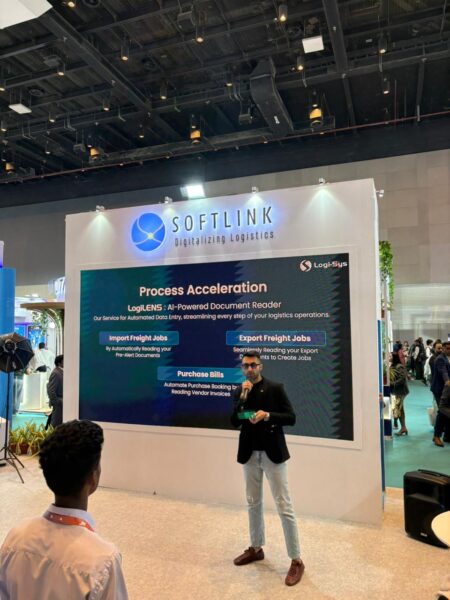
According to Mukesh Mudholkar, cargo handled at Indian airports could reach 2.4-2.5 million tonnes by 2023, even as passenger/belly capacity recovers. The Indian air cargo market generated 2.2 million tonnes of traffic, which is one-fifth the size of China’s and roughly one-tenth the size of the United States’. Although international cargo traffic has not yet returned to pre-pandemic levels, domestic traffic has been driven by express e-commerce as well as general freight traffic. According to reports, e-commerce in India could reach $350 billion by 2030.
Domestic cargo has recovered to 98 percent of pre-pandemic levels, and traffic in the country has moved from recovery to growth. 85 percent of India’s air cargo is processed on Kale’s systems. We have seen a complete shift in the industry’s attitude towards digital adoption, digitisation, automation, paperless operations, and sustainability. This approach will not only make the industry future-proof against the pandemic, but will also provide a foundation for future growth.
“India is now a hotbed for freight investors, with cargo receiving the necessary government support. Our Airport Cargo Community System includes point solutions for airlines and freighters such as electronic delivery order (e-DO), manifest filing, AWB stock, booking, and detailed business intelligence reports for products, sectors, and customers, among other things,” says Mudholkar.
In addition, the number of operational airports in the country has increased from 74 to 140 in the last eight years. The government intends to build and operate 220 airports over the next five years. India currently has the world’s seventh-largest civil aviation market and is expected to become the third-largest market within the next ten years.
Technology Solutions
Air Cargo relies on technology to scale operations and achieve sustainability. The domestic cargo industry stands to benefit the most from cloud applications, smart apps, and disruptive tech interventions such as blockchain, artificial intelligence, IoT, robotics, and 5G networks. “Our systems and platforms are designed to incorporate industry 4.0 needs to make cargo movement faster and seamless, and to promote trade,” Mudholkar adds.
Challenges and Strategies
The traditional method of tedious and time-consuming paperwork, an uncertain tracking system of shipments, and huge costs incurred during the process are all challenges for Indian domestic air cargo. Every step of the procedure was completed by hand, which resulted in errors during documentation. The lack of transparency causes consumers to switch to a different model.
When it comes to cargo movement, it is critical to have excellent connectivity with the landside, where bottlenecks are most severe. At Kale, our holistic solutions include sea-air connectivity, which caters to cargo movement between these two modes, as well as a single window, such as a Logistics e-Marketplace, where all players, such as Freight Forwarders, Airlines, Shipping lines, Transporters, ground handlers, terminal operators, Airports, and Ports, can generate business opportunities and exchange information without duplicating effort and in an error-free manner.
India is now a hotbed for freight investors, with cargo receiving the necessary government support











